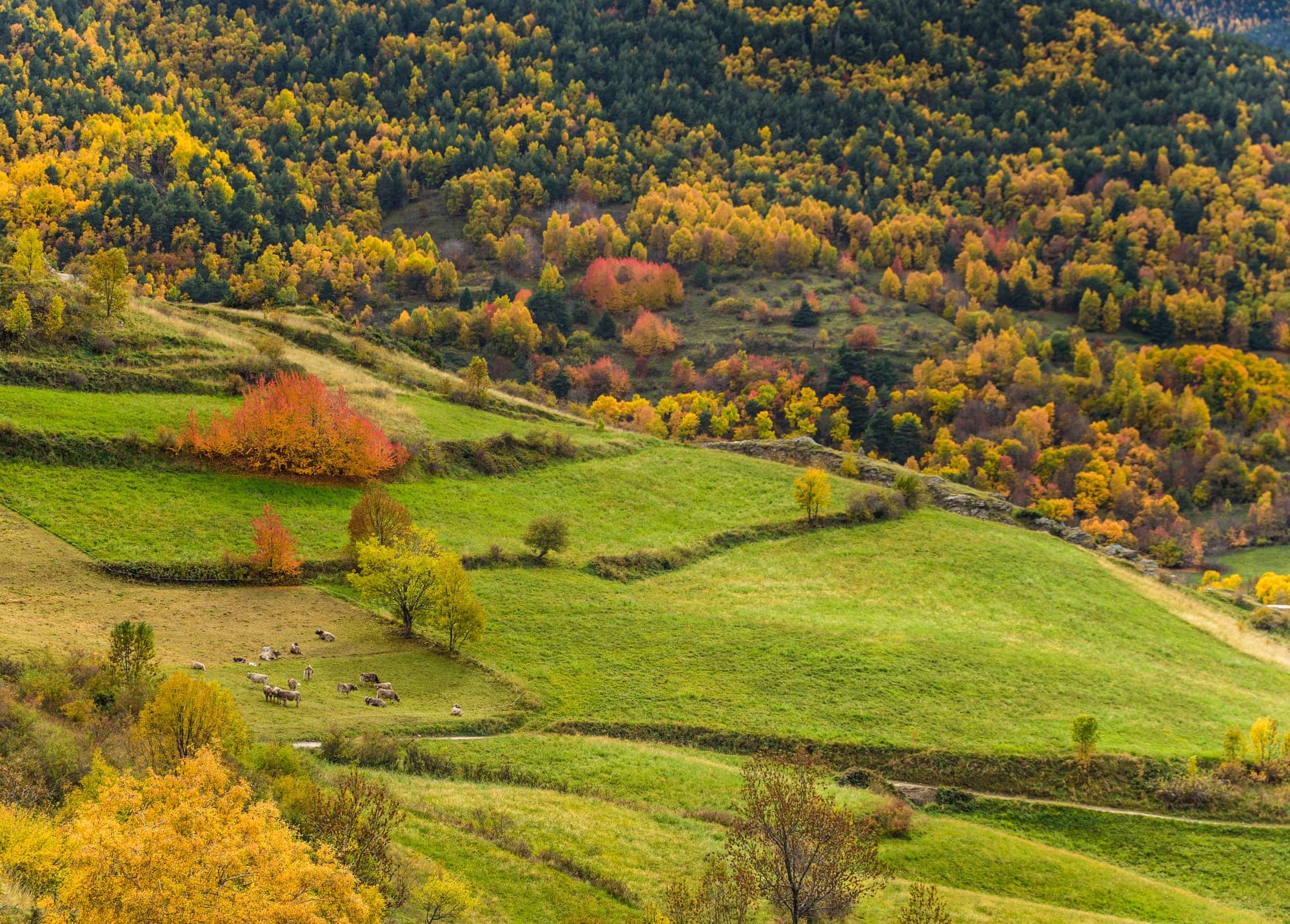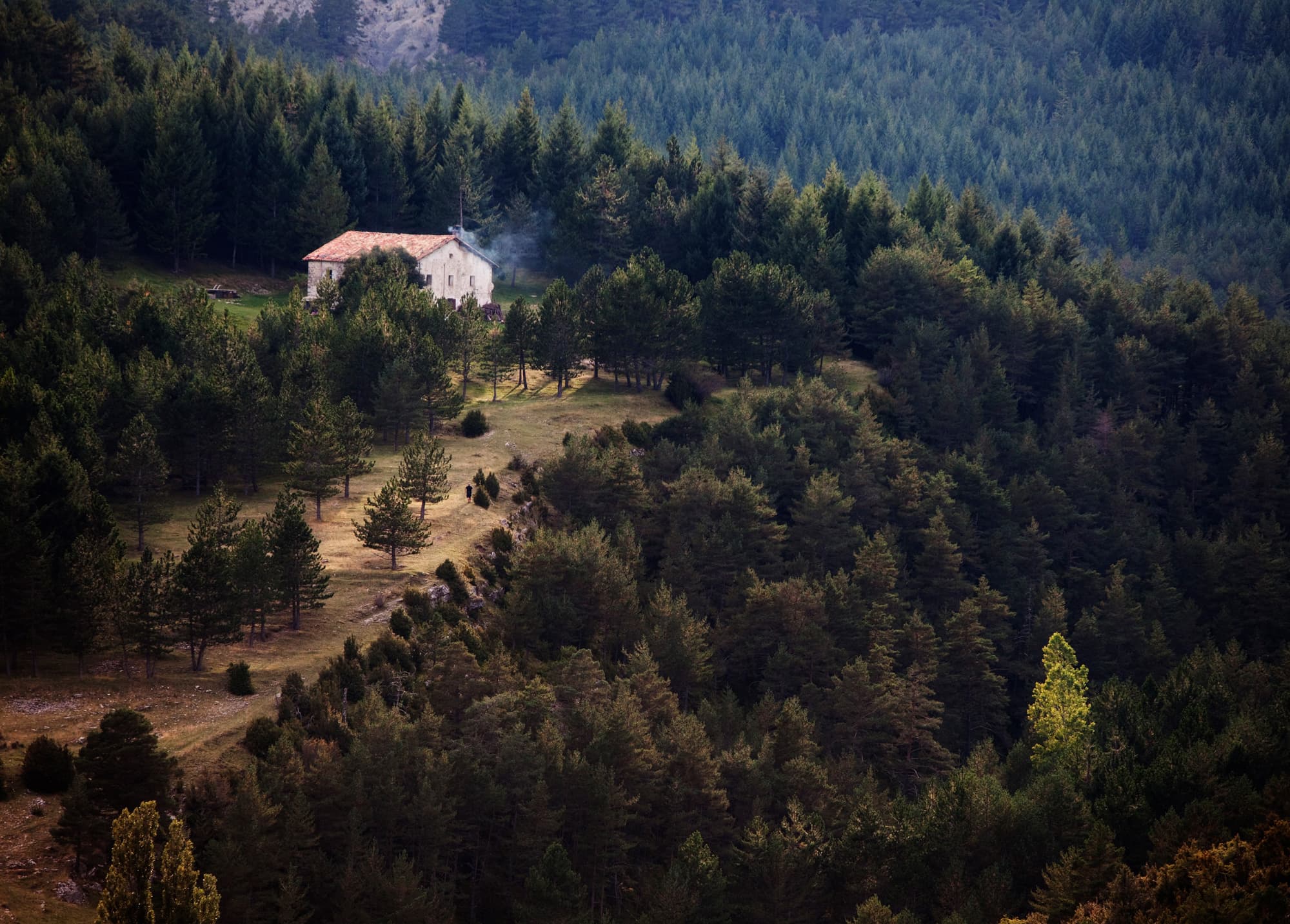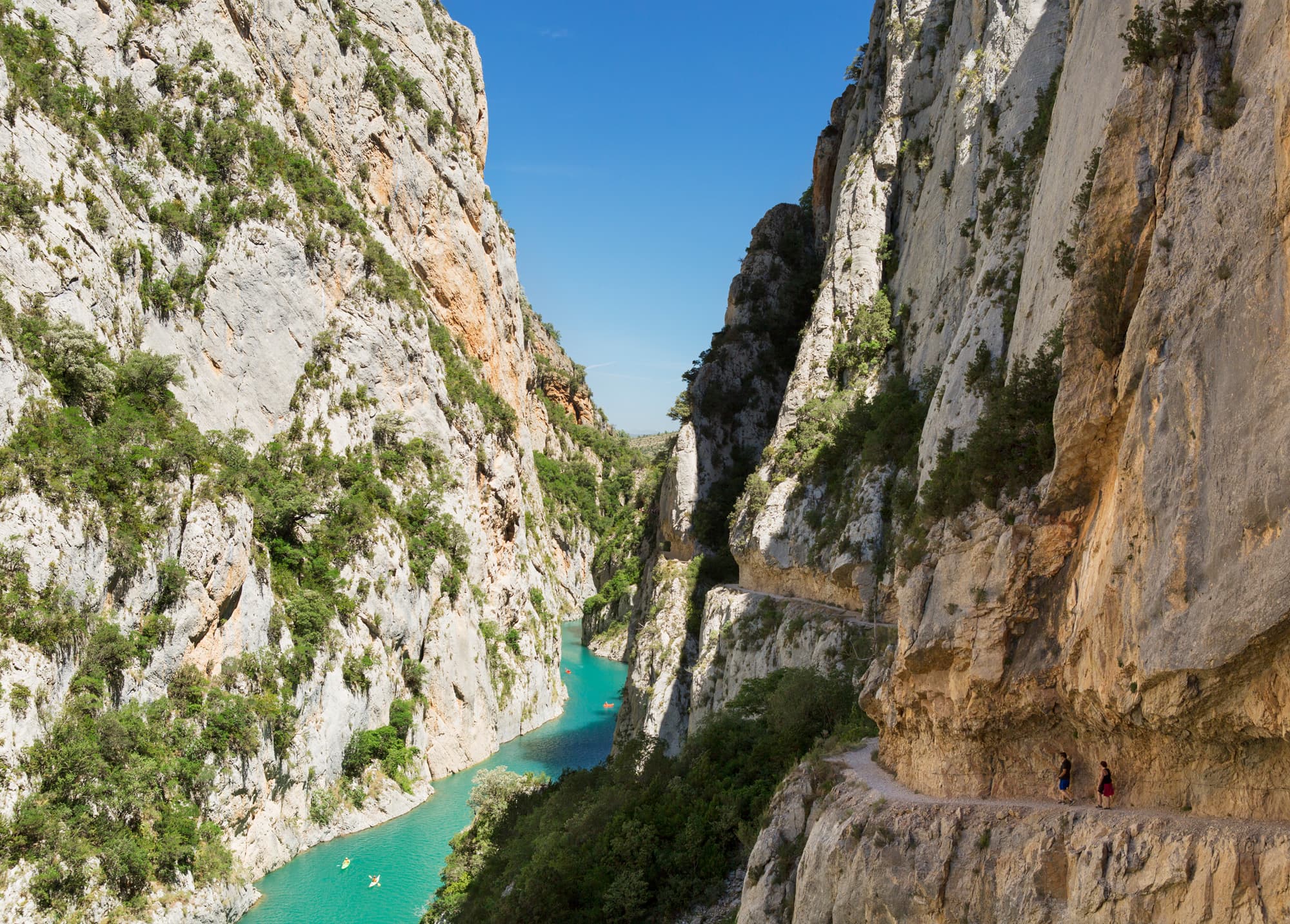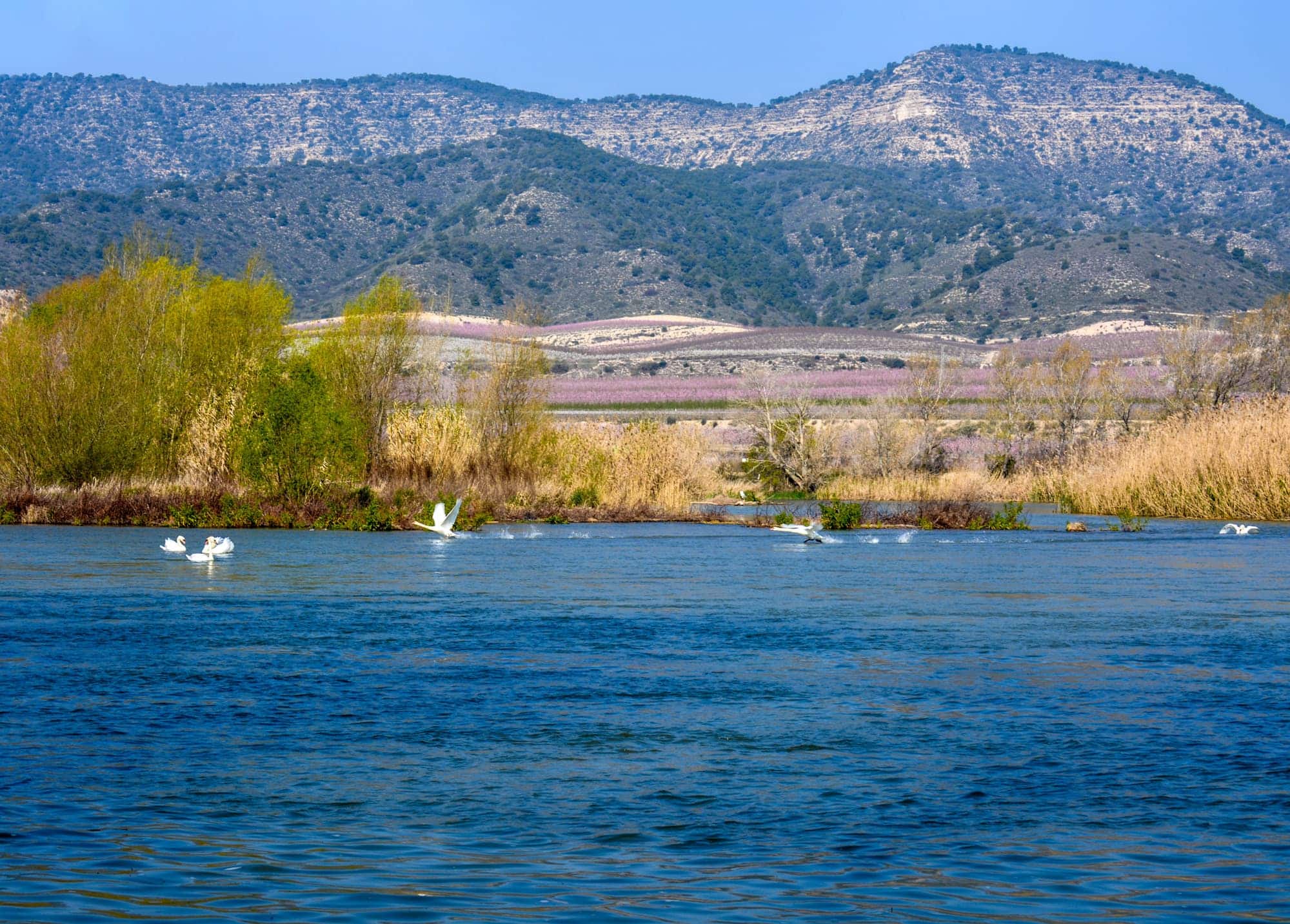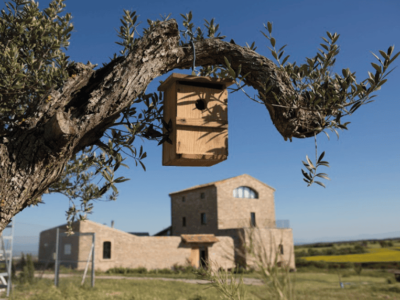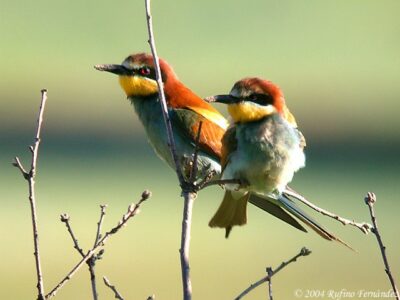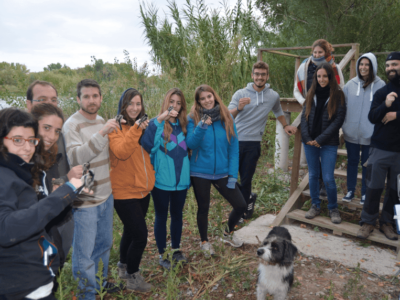ORNITHOLOGICAL TOURISM
Ornithological Tourism – Natural spaces
Natural spaces and Ornithological Tourism in the Pyrenees and the Lands of Lleida
Pirineu and the Lands of Lleida have of 48 recognized wildernesses with varying degrees of legal protection, like nature reserves, natural parks, ZEPA (special bird protection zones), the Aigüestortes y ESTANy de Sant Maurici National Park or other sites included on Plan for Spaces of Natural Interest (PEIN) of the Generalitat de Catalunya. In addition, there are many other areas that, while not officially protected, are also of great interest for birdwatching.

Birding
Ornithological Tourism
Birds
A large number of these spaces are in the Pyrenees and in high-mountain area, while the rest are shared between the Pre-Pyrenees and the Lleida Plain. The latter include wetland areas such as marshes, pools and river courses.
When planning routes and stays for ornithological tourism, in order to ensure seeing the maximum number of species of interest, it is best to divide the total territory, of 12,150 km², into two large sectors. These are just over 200 km apart by road (from the Val d’Aran to the Lleida Ebro) .
In the northern part of the territory, it is important to highlight the mountains of the Pyrenees and the Pre-Pyrenees. In the south, there is the Lleida Plain, with its drylands and with pools that are in an area enclosed by the waters of the River Ebro and the surrounding foothills.
The division of this relief is not homogeneous. In reality, it is difficult to separate the pools on the plain from the drylands that surrounds them, or the hills of the steppe in El Baix Segre from the spongy mounds of the Ebro area. For practical purposes, we have, however, been able to establish four main routes:
1
The Lleida
Pyrenees
2
The Pre-Pyrenees
of Lleida
3
The Lleida Plain and its pools
4
The Aiguabarreig (river confluence) of the Segre, Cinca and Ebro.
Of our 50 bird species, 13 can mainly be found in the Lleida Pyrenees, 22 in the Pre-Pyrenees, 22 in the drylands (with 9 specifically found near its pools) and 20 at the Aiguabarreig and in Lleida’s Ebro territories.
A good number of these species can be found in various of the areas recommended to you. If you want to see the maximum number of species possible, before planning your route, it will be necessary to establish your priorities. You should choose which species you wish to see, check which habitats they prefer, and then decide on the most appropriate spaces in which to see them.
Once you know the distribution of the most interesting species, and depending on the time that you have available, you must then make sure that you have a few days available to cover everything that you wish to see. In the north, the best places to explore are the natural spaces of the Val d’Aran and the Aigüestortes i Estany de Sant Maurici National Park. You should bear in mind the fact that you will only find certain species in these high mountain areas.
Coming down in altitude, you must make a stop at the Serra del Boumort and the Congost de Mont-rebei gorge to see all of the Iberian carrion eaters at a single location. The majority of the different warblers can also be seen there.
Our route must then continue to the Estany d’Ivars i Vila-sana pool to observe the aquatic and reedbed species. Many of them have their main homes in Lleida, and, in some cases in Catalonia, here. It is necessary to then travel through the drylands and to make a stop at Mas de Melons and Alfès if you want to find some of the rarest species.
Finally, the drylands of El Baix Segre provide access to the Aiguabarreig, where visitors will find the largest area of riverside woodlands in Catalonia. From there, you can go down the River Ebro (perhaps even literally) to observe the rock-dwelling birds of the hills of Almatret.

